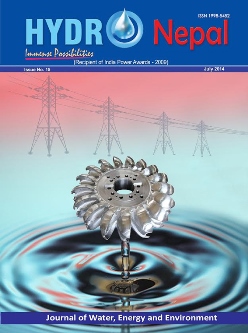Harnessing Fisheries Innovation for Transformational Impact in Nepal
DOI:
https://doi.org/10.3126/hn.v15i0.11295Keywords:
Fisheries, Innovation, Cold water aquaculture, Hydropower integration, NepalAbstract
In Nepal, per capita fish production lags far below most of the world. To be on par with our neighbors, present fish production would need to be increased at least three- or fourfold. For fish production to have a transformational impact on Nepal’s economy, an increase of four- or fivefold would be needed within a decade before the climate change could impact severely the industry. As well, businesses and the government would need to move quickly to produce a more favorable environment for job creation. However, for this transformation to happen pronouncedly, we need to know what additional fisheries technologies would best suit to enhance substantial production under putative climate changes and stimulating socioeconomics for more job and income opportunities. In this paper, we propose several solutions keeping intact aquatic biodiversity. 1) Carp, catfish Pangasius spp, tilapia and rainbow trout would provide the best returns from the marketplace. 2) Recreational fisheries and further cold water aquaculture opportunities need to be improved, 3) Head and tail waters of Pico-, micro-, and mega-hydropower should be prioritized as an area of aquaculture concern for harnessing Nepal’s vertical gradient landscape.
DOI: http://dx.doi.org/10.3126/hn.v15i0.11295
HYDRO Nepal Journal
Journal of Water, Energy and Environment
Volume: 15, 2014, July
Page: 53-59
Downloads
Downloads
Published
How to Cite
Issue
Section
License
The copyright of the articles and papers published is held by HYDRO Nepal Journal.
The views and interpretation in this journal are those of author(s), and HYDRO Nepal does not bear any responsibility for the views expressed by authors in the journal.




